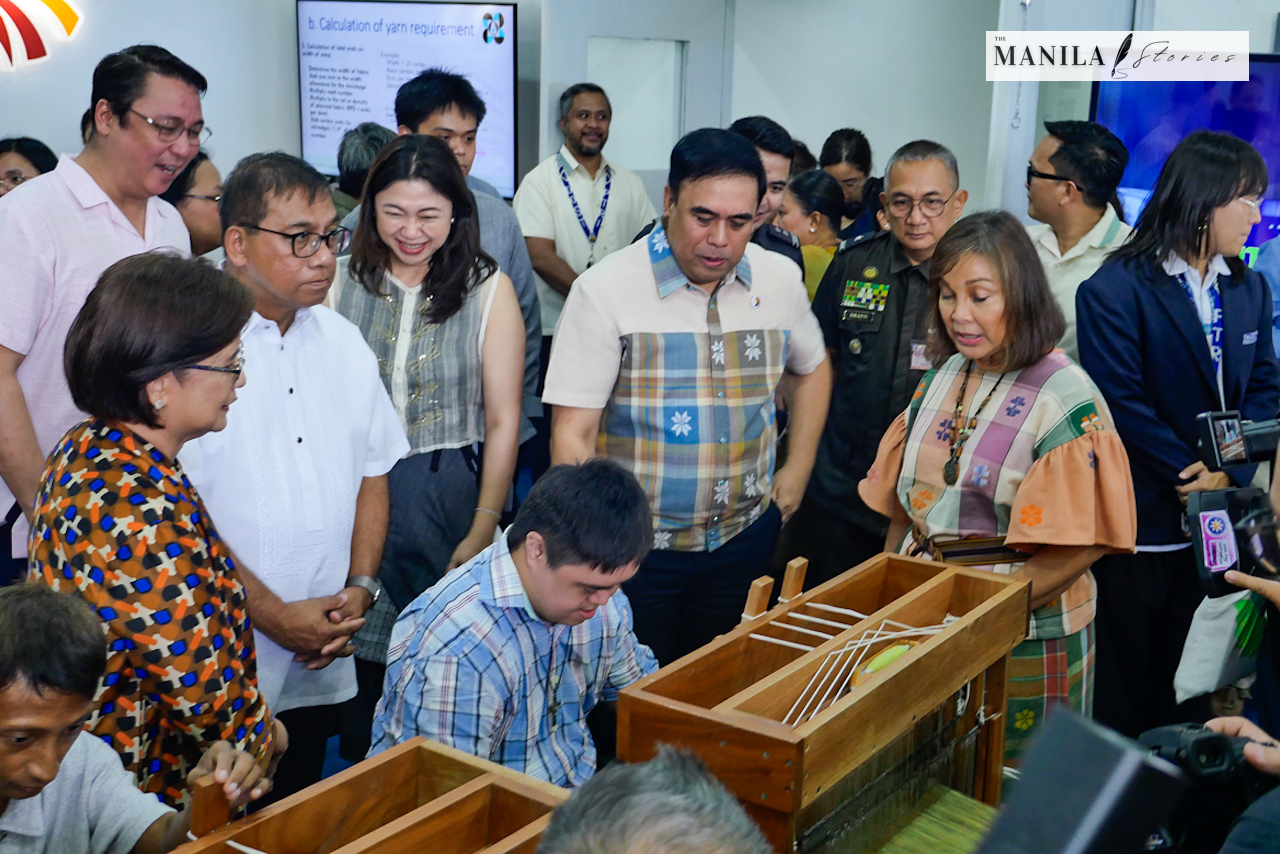
The Department of Science and Technology – Philippine Textile Research Institute (DOST-PTRI) unveiled the Philippine Handloom Weaving Center on July 7th, 2025. This marked a significant step towards revitalizing the nation’s textile industry. The launch, held at the DOST-PTRI compound in Bicutan, Taguig City, drew prominent figures including Senator Loren Legarda, DOST Secretary Renato U. Solidum, Jr., and Taguig City Mayor Lani Cayetano. The event underscored a crucial mission: to bridge the gap between traditional craftsmanship and modern technology, ensuring the survival and prosperity of Filipino weavers, and preservation of the Filipino culture.

Dr. Julius Leaño, Jr., DOST-PTRI director, outlined the center’s seven core capabilities designed to uplift the handloom weaving sector. This initiative aims not only to preserve a vital cultural heritage but also to equip Filipino weavers with the skills and resources to compete in today’s market.

Senator Legarda, a staunch advocate for traditional Filipino textiles, passionately championed the cause. She highlighted the importance of locally-made clothing. It emphasize that it’s not just fashion, but a representation of Filipino identity and lifestyle as every day clothing. She stressed the need for affordable yet ethically-produced textiles, guaranteeing fair wages for artisans. The Senator proudly shared that she now exclusively wears locally-made clothing. She even have her garments tailored in her home province of Antique by local barangay tailors. This is a conscious effort to revive the traditional way of purchasing handwoven clothing and to support local communities directly. Her advocacy counters the dominant influence of fast fashion and online shopping trends among Filipino consumers.

The Philippine Handloom Weaving Center will serve as a national epicenter for innovation, preservation, and progress. It will work in collaboration with 24 regional hubs across the country, aiming to create a nationwide network of support for Filipino weavers.
The Seven Core Capabilities of the Philippine Handloom Weaving Center:
• Weaving Training and Technical Support: Providing weavers with advanced skills and knowledge.
• Weave Design Innovation and Product Development: Fostering creativity and modernizing designs.
• Weave Quality Assessment and Standards: Ensuring high quality and consistency of products.
• Weaving Machine Engineering: Utilizing technology to improve efficiency and productivity.
• SalinHabi: Digital Documentation and Library: Preserving traditional weaving techniques and designs.
• Philippine Handloom Weaving Festival: Showcasing the talents of Filipino weavers and promoting their work.
• Handloom Weaving Innovation Council: Guiding and developing the future of the industry.
The inaugural Philippine Handloom Weaving Festival, on July 16, is slated for the National Science and Technology Week in Laoag City. The festival will provide a platform for weavers to connect, share their expertise, and celebrate their craft. This event symbolizes the center’s commitment to empowering Filipino weavers. It will also elevate the Philippine handloom weaving industry to new heights. It is a testament to the DOST-PTRI’s dedication to preserving cultural heritage while embracing technological advancement for economic progress. The center is not just supporting a craft; it is nurturing a cultural identity and fostering economic opportunity for countless Filipino families.




